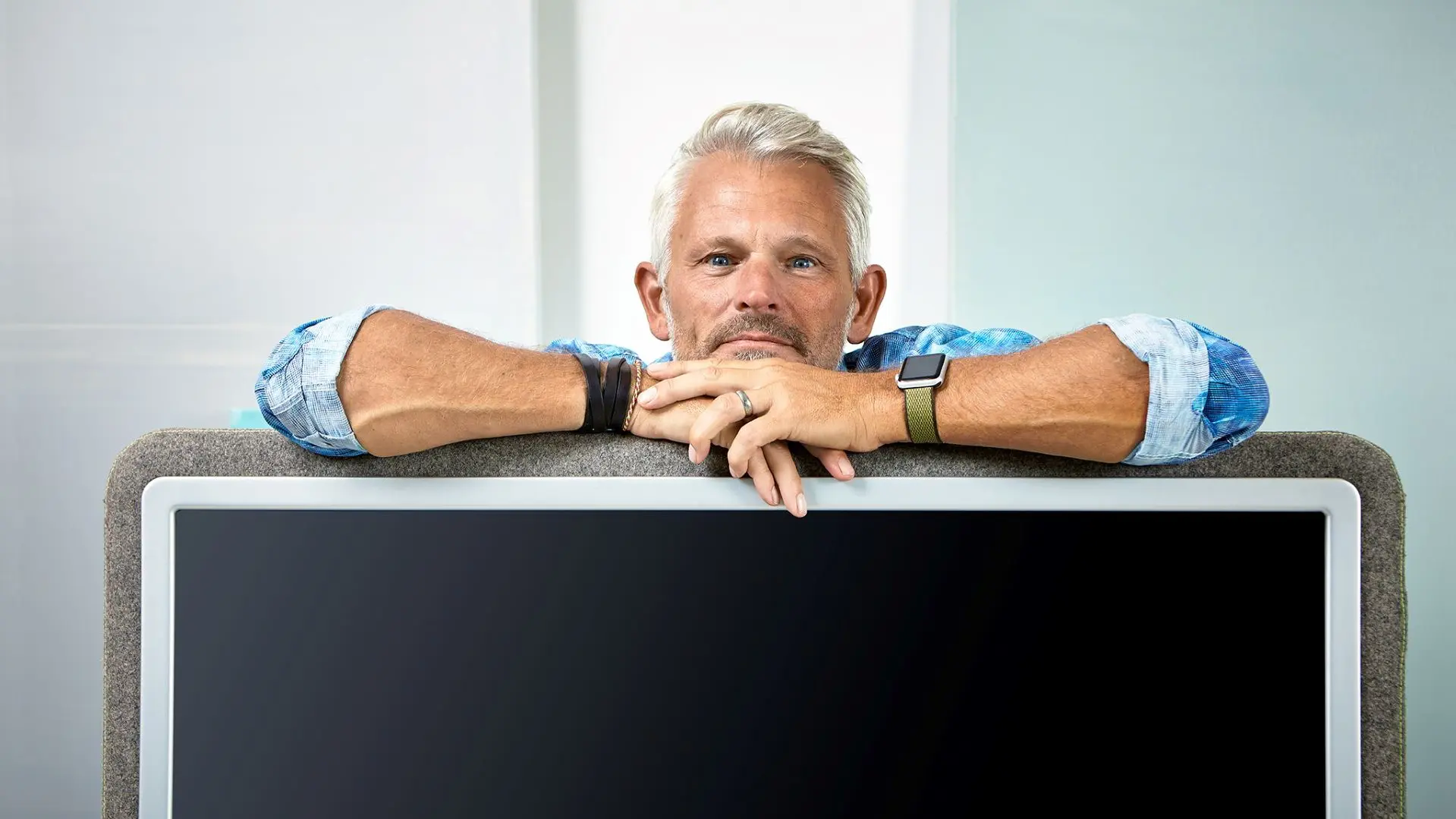Highlighting the role of design in shaping a sustainable future for all
Design Month Graz has seen remarkable evolution since its inception. Initially, it was a platform to celebrate and showcase local design talent. Over the years, it has grown into a quite international event that attracts designers and visitors from around the globe.

The fifteenth edition of Design Month Graz has recently concluded, with DesignWanted as a long-standing partner. Centered around the theme ‘What Now?’, the event drew over 50,000 visitors and encouraged designers and innovators to showcase their visions of the world, continuing its tradition from previous years.
Design Month Graz serves as a hub for connecting diverse realities, professionals, and ideas, aiming to sow seeds for change in response to the pressing challenges we all face, even those outside the design field. These challenges range from environmental and social sustainability to social inequality and beyond. While designers alone cannot solve all these issues, the event’s ability to gather a diverse array of players is crucial for generating new ideas and fostering a virtuous cycle that leads to constructive dialogues and pragmatic solutions.
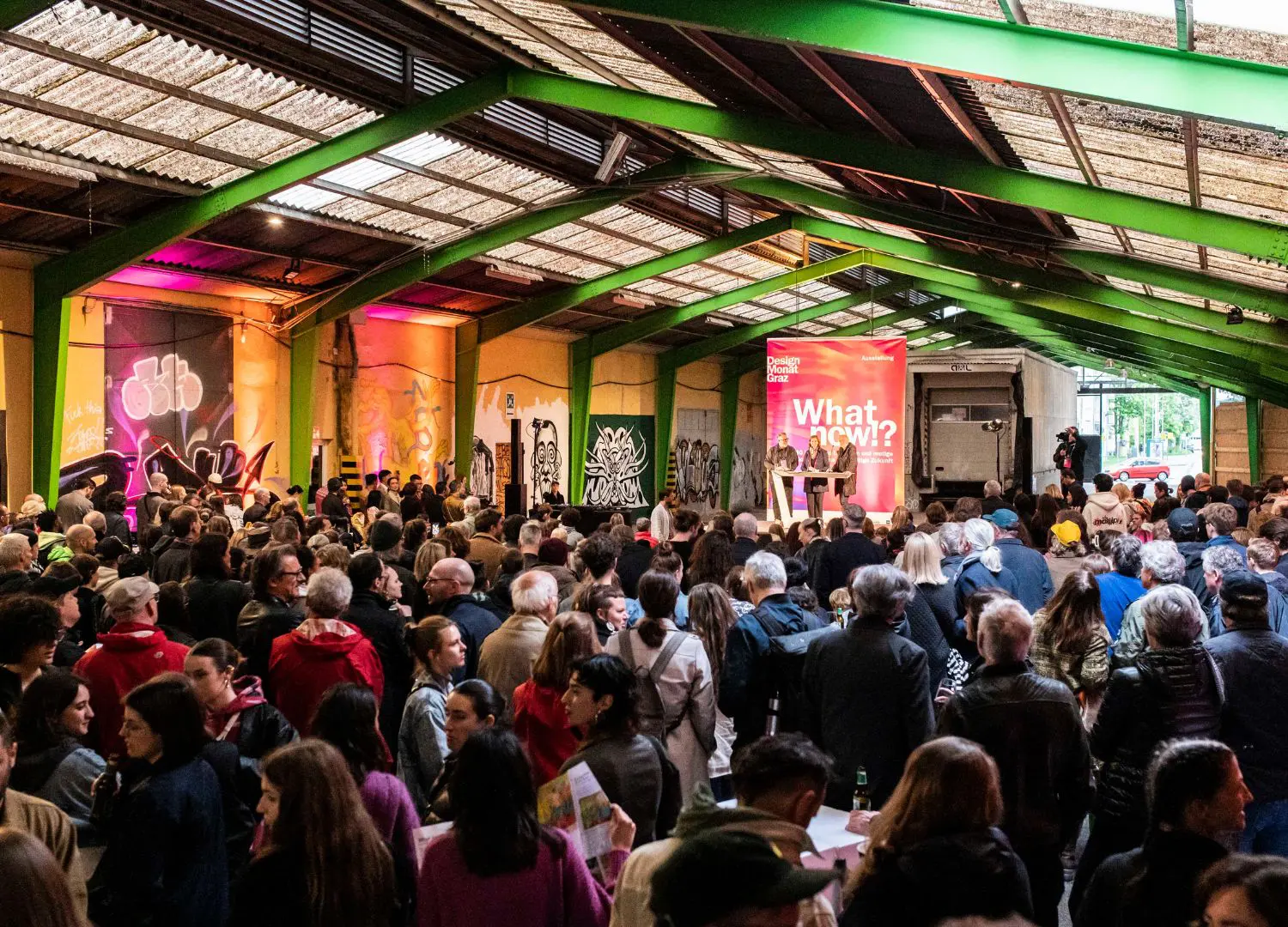
Eberard Schrempf, Managing Director of Creative Industries Styria, provides the best insight into this. Known to us for several years, we had the pleasure of interviewing him to gain a deeper understanding of the evolution of Design Month Graz and its current role on the international design stage. His responses, as always, are clear and direct, offering a swift understanding of the vision and, most importantly, the concrete plans embodied by this event.
You’ve reached your fifteenth edition. How has Design Month Graz evolved over the years and, more importantly, what are the key objectives for the event today?
Eberhard Schrempf:
“Design Month Graz has seen remarkable evolution since its inception. Initially, it was a platform to celebrate and showcase local design talent. Over the years, it has grown into a quite international event that attracts designers and visitors from around the globe. The key objectives today are to foster interdisciplinary collaboration, stimulate innovation, and drive conversations around pressing global issues through the lens of design. We aim to highlight the role of design in shaping a sustainable future and to provide a space where creativity can address contemporary challenges.”
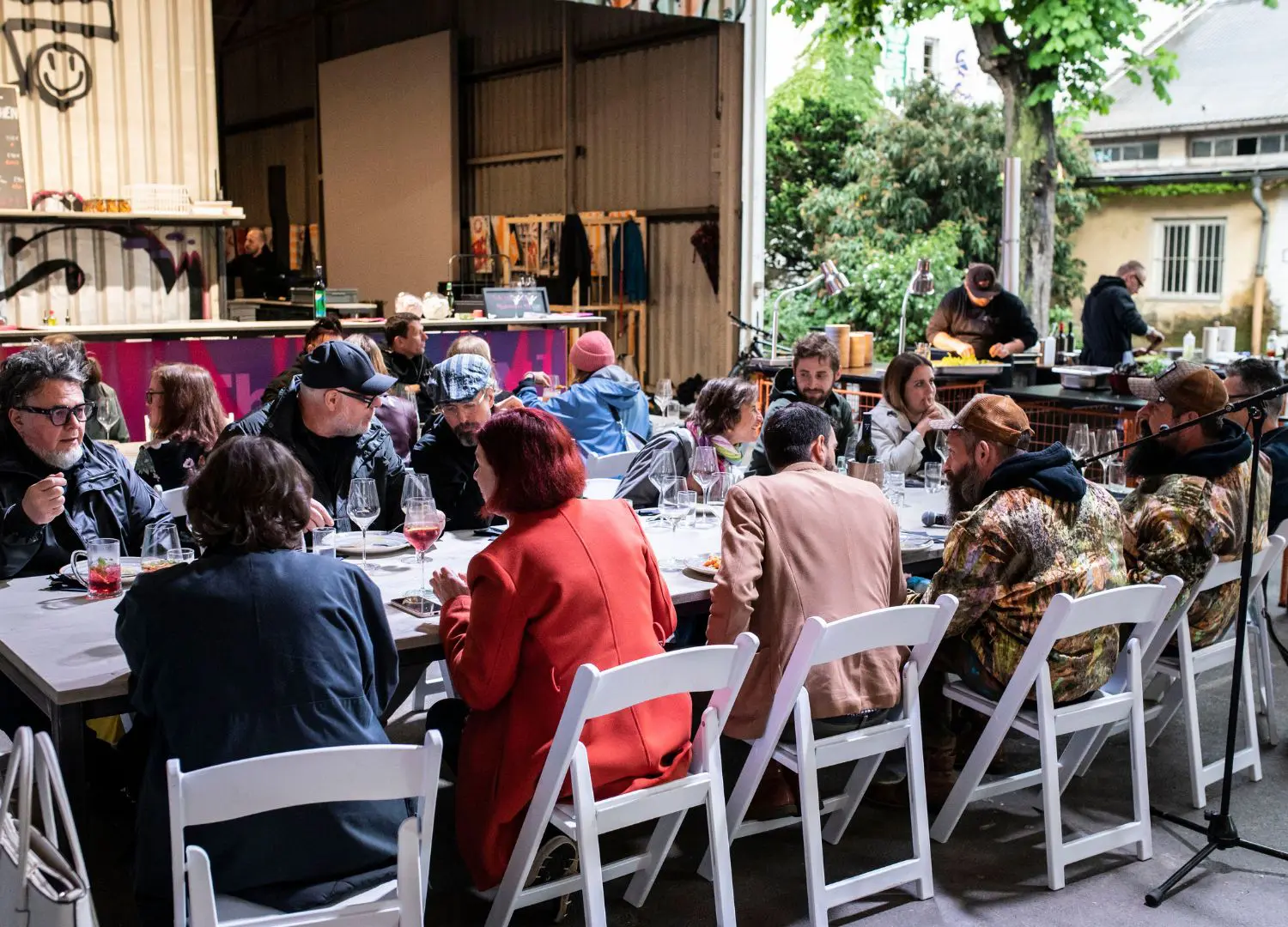
This year’s theme was ‘What now!?’. What responses have you gathered from the exhibiting designers and, at the same time, from the 50.000 visitors of the event?
Eberhard Schrempf:
“The theme ‘What now!?’ resonated deeply with both the designers and the visitors. Exhibiting designers responded with innovative solutions and thought-provoking projects that address urgent issues such as climate change, social inequality, and digital transformation. Visitors engaged actively with the exhibits and events, expressing a strong interest in sustainable practices and a desire for actionable solutions. The overall feedback highlighted a collective readiness to embrace change and a call for more collaborative efforts to implement these ideas in everyday life.”

From your perspective, on which aspects (hard or soft) should the design community focus more to respond to the ongoing challenges?
Eberhard Schrempf:
“On the hard side, there is a need for developing and adopting sustainable materials, innovative technologies, and efficient processes that reduce environmental impact. On the soft side, fostering a culture of collaboration, empathy, and inclusivity is crucial. Designers must engage with diverse communities, understand their needs, and co-create solutions that are equitable and accessible. Education and awareness are also vital in driving a mindset shift towards sustainability.”
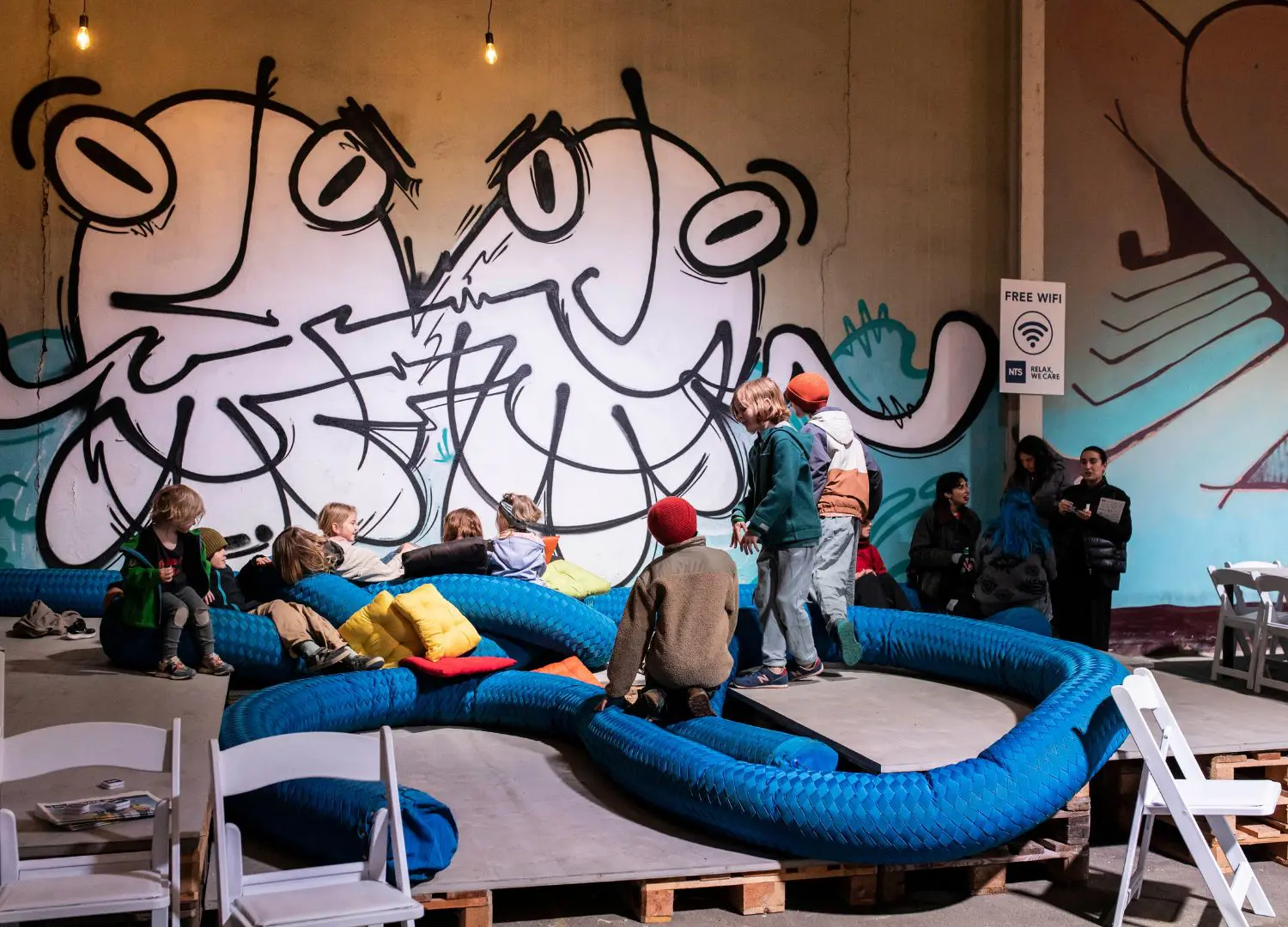
Speaking of Design Month Graz, what do you think its role should be in the coming years in relation to the challenges mentioned above?
Eberhard Schrempf:
“Design Month Graz should continue to serve as a catalyst for change. Its role should be to inspire, educate, and facilitate action. By showcasing best practices and pioneering projects, the event can set benchmarks for sustainable design. Additionally, it should provide a platform for experimentation and dialogue, encouraging new ideas and collaborations that push the boundaries of what is possible. We envision it as a space where the seeds of innovation are planted and nurtured.”

When defining an approach to sustainability, which points and stakeholders do you think should be addressed to coordinate efforts effectively?
Eberhard Schrempf:
“A comprehensive approach to sustainability should address several key points: resource efficiency, circular economy principles, and social responsibility. Stakeholders that need to be involved include designers, manufacturers, policymakers, educators, and consumers. Collaboration among these groups is essential to create a cohesive strategy. Policymakers can set regulations that promote sustainable practices, while educators can integrate sustainability into their curricula. Designers and manufacturers must work together to develop products that are not only eco-friendly but also economically viable. Consumers, on the other hand, play a crucial role in driving demand for sustainable products.”
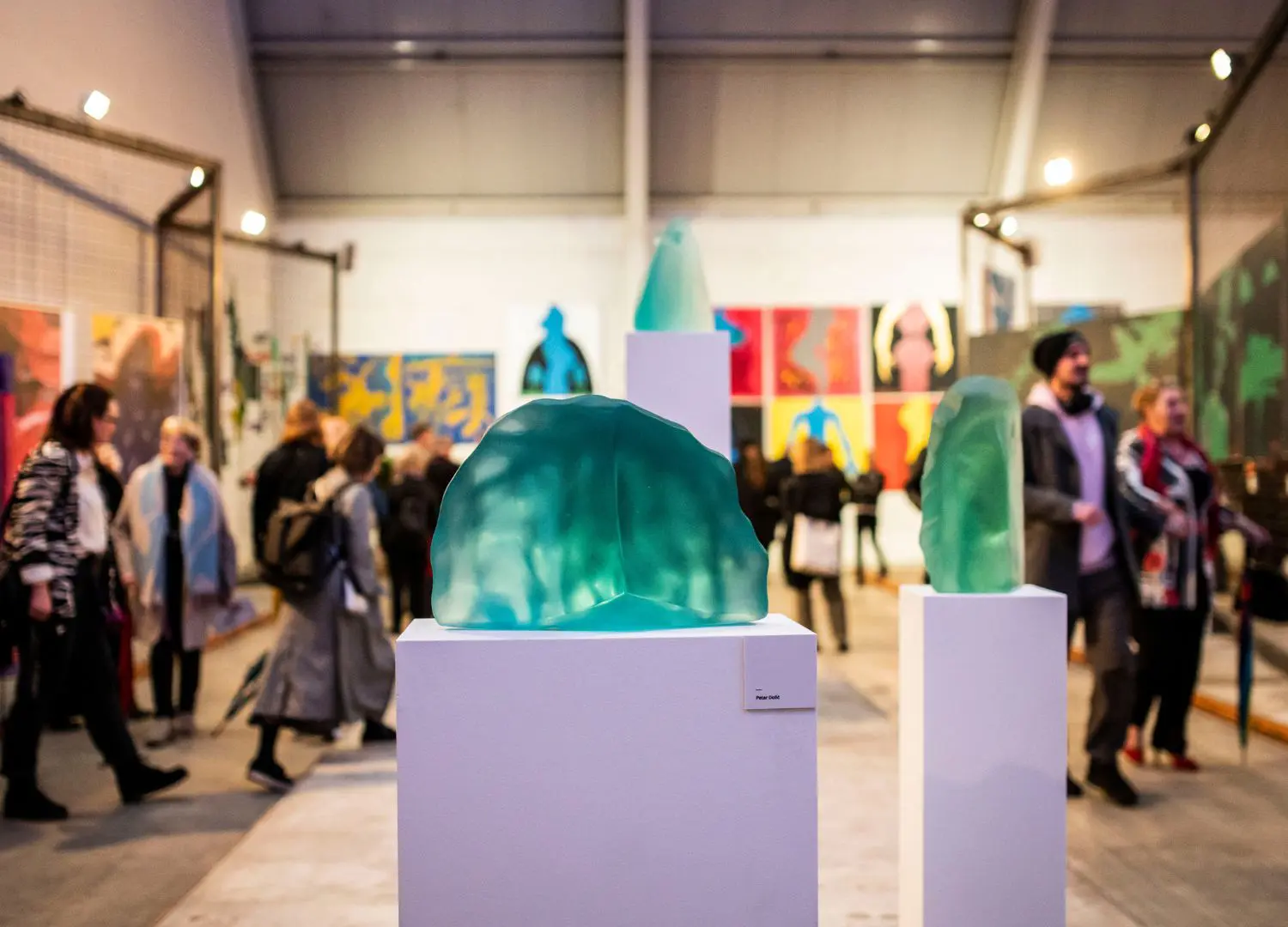
Last question, but not least important, that we’ve never asked you before. Events generally last a week. Why did you choose to make it a month long?
Eberhard Schrempf:
“Extending the event to a month allows us to explore topics in greater depth and provide a richer, more immersive experience. A month-long festival offers ample time for a wide variety of events, from exhibitions and workshops to presentations and discussions. It enables us to engage with a broader audience and create more opportunities for meaningful interactions and collaborations. Additionally, it allows visitors to participate at their own pace, making the experience more accessible and inclusive. The extended duration also helps in generating sustained interest and momentum around the themes we explore.”















